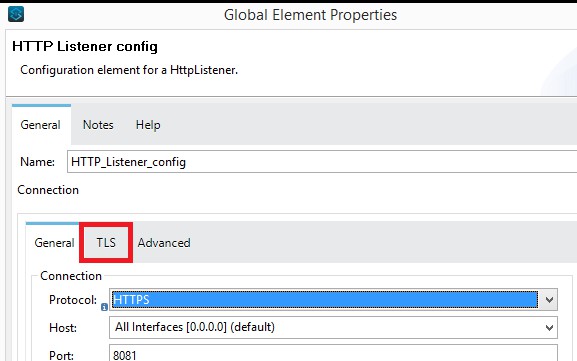in this tutorial, we are demonstrating a step-by-step guide on how to implement One-Way and Two-Way SSL/TLS in MuleSoft Anypoint Studio. For reference, I am using it on Mule4 HTTP Connector.
Just for a recap, SSL (Secure Sockets Layer) is an encryption-based Internet security protocol. It was first developed by Netscape in 1995 for the purpose of ensuring privacy, authentication, and data integrity in Internet communications. SSL is the predecessor to the modern TLS (Transport Layer Security) encryption used today. TLS is an improved version of SSL. It works in much the same way as the SSL, using encryption to protect the transfer of data and information. The two terms are often used interchangeably in the industry although SSL is still widely used. The difference between these two is that in one-way SSL, only the client validates the identity of the server (and the server doesn’t care who is the client), whereas in two-way SSL, both server and client validates each others identity.
#mule esb #ssl #api security #mule 4 #tls
